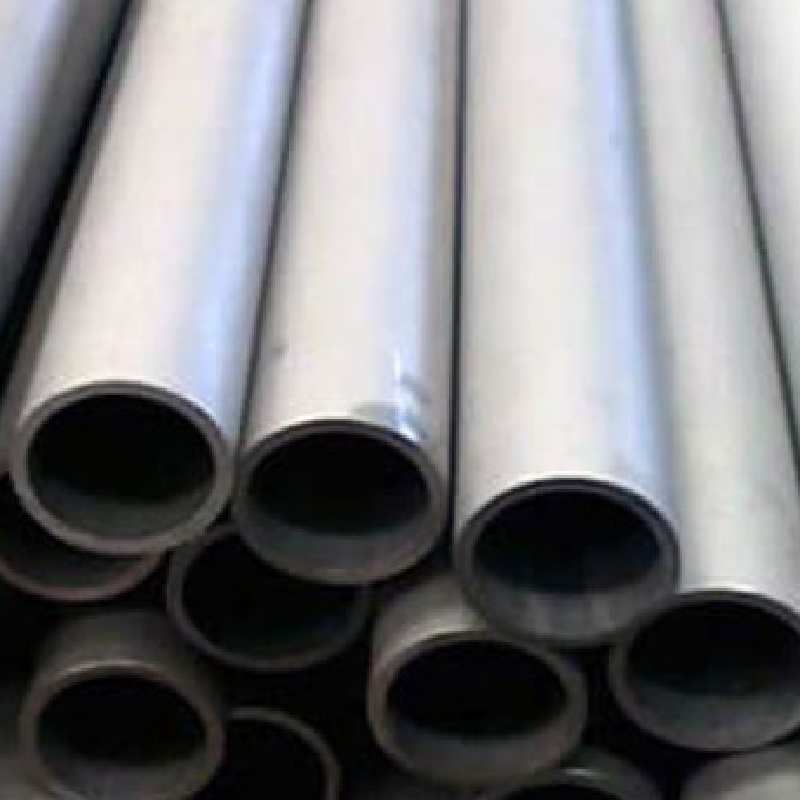-
Cangzhou Yulong Steel Co., Ltd.
-
Phone:
+86 13303177267 -
Email:
admin@ylsteelfittings.com
- English
- Arabic
- Italian
- Spanish
- Portuguese
- German
- kazakh
- Persian
- Greek
- French
- Russian
- Polish
- Thai
- Indonesian
- Vietnamese
- Zulu
- Korean
- Uzbek
- Hindi
- Serbian
- Malay
- Ukrainian
- Gujarati
- Haitian Creole
- hausa
- hawaiian
- Hebrew
- Miao
- Hungarian
- Icelandic
- igbo
- irish
- Japanese
- Javanese
- Kannada
- Khmer
- Rwandese
- Afrikaans
- Albanian
- Amharic
- Armenian
- Azerbaijani
- Basque
- Belarusian
- Bengali
- Bosnian
- Bulgarian
- Catalan
- Cebuano
- China
- China (Taiwan)
- Corsican
- Croatian
- Czech
- Danish
- Esperanto
- Estonian
- Finnish
- Frisian
- Galician
- Georgian
- Kurdish
- Kyrgyz
- Lao
- Latin
- Latvian
- Lithuanian
- Luxembourgish
- Macedonian
- Malgashi
- Malayalam
- Maltese
- Maori
- Marathi
- Mongolian
- Myanmar
- Nepali
- Norwegian
- Norwegian
- Occitan
- Pashto
- Dutch
- Punjabi
- Romanian
- Samoan
- Scottish Gaelic
- Sesotho
- Shona
- Sindhi
- Sinhala
- Slovak
- Slovenian
- Somali
- Sundanese
- Swahili
- Swedish
- Tagalog
- Tajik
- Tamil
- Tatar
- Telugu
- Turkish
- Turkmen
- Urdu
- Uighur
- Welsh
- Bantu
- Yiddish
- Yoruba

Dec . 11, 2024 09:58 Back to list
Overview of ASTM SA106 Carbon Steel Pipe Specifications and Applications
Understanding ASTM A106 Specifications and Applications of Carbon Steel Pipes
ASTM A106 is a standardized specification for seamless carbon steel pipes that are primarily used in high-temperature service. The standard is established by the American Society for Testing and Materials (ASTM), a globally recognized leader in the development and delivery of voluntary consensus standards for materials, products, systems, and services. Understanding the A106 specification is essential for engineers, designers, and purchasers in industries where piping systems are critical.
Key Features of ASTM A106
The ASTM A106 specification covers seamless carbon steel pipe that is intended for high-temperature service. The pipe is categorized into three grades based on the chemical composition and the mechanical properties. These grades are
- Grade A This grade has the lowest yield strength and is primarily used in applications that do not demand high strength. - Grade B This is the most commonly used grade, known for its moderate yield strength and good ductility. It is suitable for a broad range of applications in various industries. - Grade C This grade offers the highest yield strength among the three and is used for applications that require additional strength.
Each grade of ASTM A106 pipe is defined by its property requirements for both chemical composition and mechanical properties. The qualification of these properties ensures that the pipes can withstand high temperatures and pressures typically found in many industrial applications.
Manufacturing Process
The manufacturing process of ASTM A106 pipes involves several key steps. The process starts with the production of carbon steel slabs, which are subsequently formed into cylindrical shapes. These shapes undergo a series of processes, including heating, piercing, elongating, and sizing, to create seamless pipes. The pipes are typically subjected to various tests to ensure their integrity and compliance with ASTM specifications, including non-destructive testing (NDT) methods, which ensure that there are no internal defects.
astm sa106

Applications of ASTM A106 Pipes
ASTM A106 pipes are commonly used in various industries, most notably in the oil and gas, petrochemical, and power generation sectors. Their ability to withstand high temperatures and pressures makes them ideal for transporting fluids such as steam, water, and gases in power plants and refineries. Moreover, the durability and strength of these pipes make them suitable for the construction of industrial infrastructure, including chemical processing plants and heavy-duty infrastructure.
The versatility of ASTM A106 pipes extends beyond high-temperature applications. They are also used in lower-temperature applications frequently encountered in typical constructing and urban development processes. The ease of welding and forming these pipes allows engineers to effectively integrate them into a variety of piping systems.
Standards and Certifications
Compliance with ASTM A106 is crucial for manufacturers and suppliers in establishing product quality. The standard stipulates various testing methods to confirm the mechanical properties of the pipe, including tensile tests, transverse impact tests, and hardness tests.
Manufacturers are responsible for implementing a Quality Assurance (QA) program that conforms to stringent quality control measures. Such standards ensure that the final product meets the specific requirements before it is delivered to the market, ultimately ensuring safety and performance in its applications.
Conclusion
ASTM A106 plays a crucial role in the manufacturing of seamless carbon steel pipes, setting a benchmark for quality and reliability in high-temperature applications. Its systematic classification into different grades allows for the flexibility needed to meet varying application demands across a multitude of industries. Understanding the intricacies of ASTM A106 is essential for anyone involved in the procurement, design, and application of piping systems, ensuring that projects are executed effectively, safely, and in compliance with industry standards. As the industry continues to evolve, adhering to these specifications will remain paramount in delivering high-quality product solutions.
Latest news
-
ANSI 150P SS304 SO FLANGE
NewsFeb.14,2025
-
ASTM A333GR6 STEEL PIPE
NewsJan.20,2025
-
ANSI B16.5 WELDING NECK FLANGE
NewsJan.15,2026
-
ANSI B16.5 SLIP-ON FLANGE
NewsApr.19,2024
-
SABS 1123 FLANGE
NewsJan.15,2025
-
DIN86044 PLATE FLANGE
NewsApr.19,2024
-
DIN2527 BLIND FLANGE
NewsApr.12,2024
-
JIS B2311 Butt-Welding Fittings LR/SR 45°/90° /180°Seamless/Weld
NewsApr.23,2024











